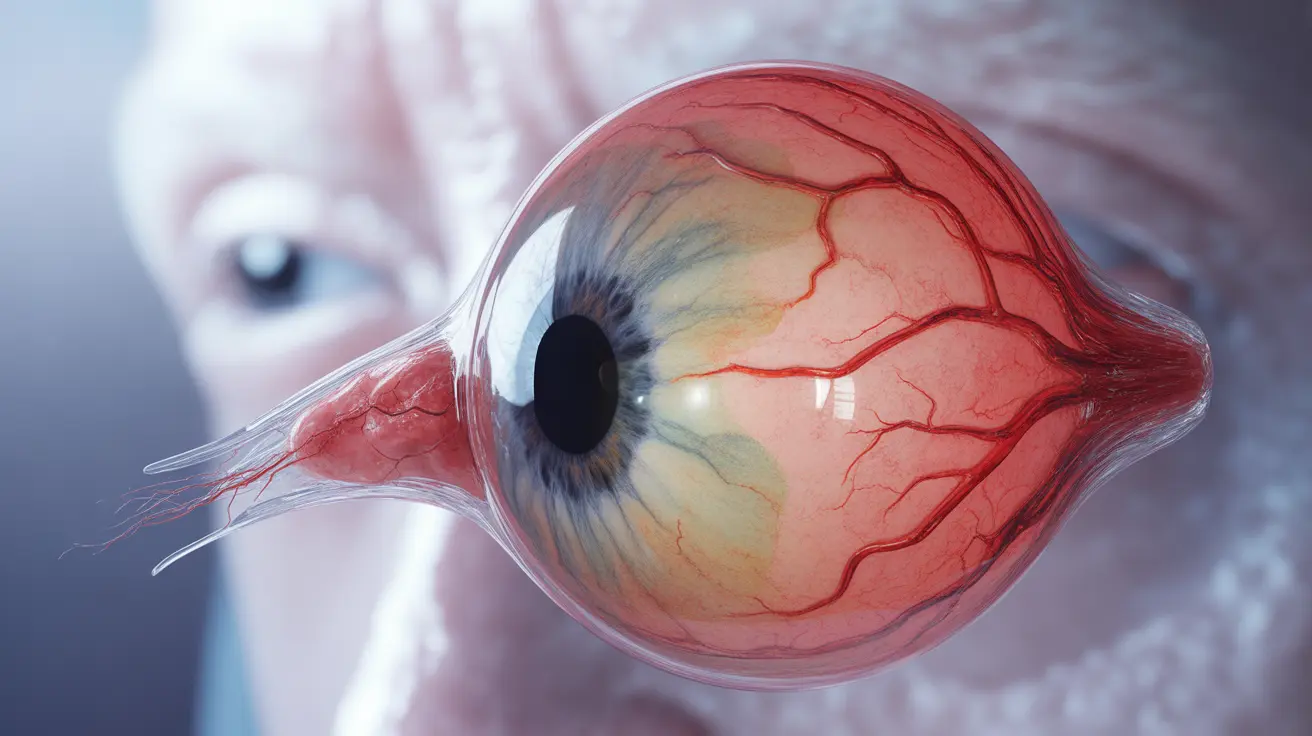Myopic degeneration, a serious eye condition affecting individuals with severe nearsightedness (high myopia), occurs when excessive elongation of the eye leads to damage in the retina and macula. This progressive condition can significantly impact vision quality and requires careful monitoring and management to preserve eyesight.
As the prevalence of myopia increases globally, understanding myopic degeneration becomes increasingly important for both healthcare providers and patients. Early detection and appropriate intervention can help maintain vision and prevent severe complications.
What is Myopic Degeneration?
Myopic degeneration develops in eyes with high myopia, where the eyeball becomes extremely elongated. This stretching can cause the retinal tissue to become thin and damaged over time, leading to various vision problems. The condition primarily affects the macula, the central part of the retina responsible for sharp, detailed vision.
Early Signs and Symptoms
Recognizing the early signs of myopic degeneration is crucial for timely intervention. Common symptoms include:
- Gradual decrease in central vision
- Difficulty seeing fine details
- Straight lines appearing wavy or distorted
- Dark or blind spots in central vision
- Problems with color perception
These symptoms typically develop gradually and may initially be subtle, making regular eye examinations essential for those with high myopia.
Risk Factors and Causes
Several factors contribute to the development of myopic degeneration:
- Severe nearsightedness (typically -6.00 diopters or higher)
- Family history of myopic degeneration
- Asian ethnicity (higher prevalence)
- Early onset of myopia in childhood
- Rapid progression of myopia
Treatment and Management Strategies
While there is no cure for myopic degeneration, several treatment options can help manage the condition and slow its progression:
Medical Interventions
Current treatment options include:
- Anti-VEGF injections for choroidal neovascularization
- Photodynamic therapy
- Laser treatments for specific complications
- Regular monitoring and vision rehabilitation
Preventive Measures
Several strategies may help reduce the risk of progression:
- Regular comprehensive eye examinations
- UV protection through quality sunglasses
- Proper lighting for reading and close work
- Maintaining appropriate reading distance
- Regular breaks during near-work activities
Monitoring and Follow-up Care
Regular monitoring is essential for managing myopic degeneration effectively. The frequency of eye examinations depends on various factors, including the severity of myopia and the presence of complications.
Frequently Asked Questions
What are the early symptoms of myopic macular degeneration, and how does it affect vision? Early symptoms include gradual central vision loss, difficulty seeing details, and the appearance of dark or blind spots. Vision becomes increasingly blurry or distorted, particularly when looking straight ahead.
How is myopic degeneration typically treated, and what are the most effective management strategies? Treatment typically involves a combination of medical interventions such as anti-VEGF injections, photodynamic therapy, and regular monitoring. Vision rehabilitation and optical aids may also be recommended to help maintain quality of life.
Can myopic macular degeneration be prevented, and what lifestyle changes may help reduce its progression? While not entirely preventable, progression may be slowed through regular eye exams, UV protection, proper lighting, and maintaining appropriate reading distances. Early intervention in childhood myopia may also help reduce risk.
What's the difference between myopic macular degeneration and age-related macular degeneration in terms of causes and symptoms? Myopic macular degeneration is caused by severe nearsightedness and typically occurs at younger ages, while age-related macular degeneration is primarily associated with aging. Both conditions affect central vision but have different underlying causes and progression patterns.
How often should someone with high myopia have eye exams to monitor for signs of myopic macular degeneration? People with high myopia should have comprehensive eye exams at least annually, or more frequently if recommended by their eye care professional. Those with existing signs of myopic degeneration may need more frequent monitoring.




